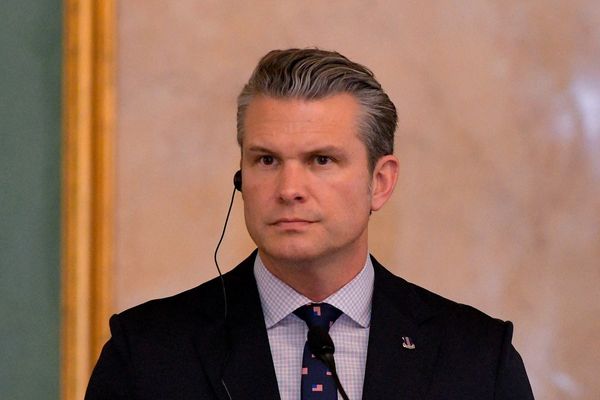
With the Reserve Bank easing monetary policy, interest rates are on the way down.
Already this year mortgage pre-approvals have begun to rise, suggesting that many aspiring homebuyers are excited by the prospect of cheaper home loans.
With further cuts expected before the end of the year, some economists are predicting Australia could be about to experience another house price boom. Lower interest rates enable people to borrow more and potentially spend more on homes, bidding up prices.
So, how might the RBA’s actions affect home buying behaviour and the housing market more broadly? Research offers us some clues.
How rates affect prices
Research shows that when a central bank lowers its benchmark interest rate, mortgage interest rates usually follow suit.
We saw this after the Reserve Bank’s May decision to cut rates. Australia’s big four banks immediately announced similar reductions in rates for new and existing borrowers.
Lower rates reduce the cost of servicing a loan. This is a big deal for Australian homebuyers, whose mortgages can be very large.
With the average house price now hitting about $1m, an 80% loan saddles the typical homebuyer with $800,000 in debt.
Back in March the average interest rate on new mortgages was 6%. For the average $1m house, this implies a monthly repayment of about $4,796, using the standard formula for amortising loans.
After the RBA cut the cash rate by 0.25 percentage points the new monthly repayment would be $4,669 – $127 less. That’s a small but surely welcome relief for mortgage holders.
Combined with the Reserve Bank’s rate cut in February, such borrowers are now saving more than $250 a month relative to the start of the year.
Everyone can borrow more
Lower rates can also improve the borrowing capacity of new homebuyers.
Before a bank issues a new mortgage, it weighs the ability of a borrower to service the loan. It does this by considering the amount of income the applicant will have left over after meeting typical expenses.
This is known as a borrower’s “net income surplus” and the proportion of this that is used to service a loan is known as the “net surplus ratio”.
The maximum ratio is capped at 90% but the typical mortgage is lent against a ratio of less than 70%.
If a household earns $100,000 a year and allocates 25% to expenses, it can afford $4,375 in monthly mortgage repayments at a 70% net surplus ratio.
Given the previous interest rate of 6%, this maximum monthly repayment implies the household can afford to borrow $680,000. But, after a 0.25 percentage point rate cut, this household can now afford a $695,000 home loan.
And after the 0.50 percentage points of cuts we’ve seen since January, this household’s borrowing capacity is up by $30,000.
Pulling up the ladder
For an individual homebuyer, this extra borrowing may be enough to secure that dream home. But the rate cut affects everyone at the same time, increasing the borrowing capacity of homebuyers across the country.
All of this extra mortgage credit feeds housing demand, which is likely to pour more fuel into an already overheated market.
Indeed, research indicates that a 0.25 percentage point cut in the cash rate is likely to lead to a 1.5% to 2% increase in average house prices over one to two years.
That’s an extra $20,000 on the $1m average home value.
Research also suggests that the impact of interest rates across local housing markets may be strongest where housing supply is tightest and houses are already more expensive.
Mortgages get bigger
While lower rates reduce the cost of a given mortgage, the average mortgage size needs to grow to keep up with higher prices.
Recall that the monthly payment associated with an 80% loan on a $1m home at 6% interest was $4,796. If the interest rate falls by 0.25 percentage points but house prices rise by 2%, the new monthly payment is little changed, at $4,762.
On top of this, the 20% down payment on that new home will now have increased – by $4,000.
Is there hope for first home buyers?
Despite the initial excitement of lower rates, aspiring homebuyers may be disappointed to see the price of their dream home climb further out of reach. Some may end up no better off.
Others might try to snap up a home before lower rates are completely priced in – motivated by a fear of missing out. Research suggests it can take a year or more before house prices peak after a rate change.
And others still may decide to keep renting for the time being. Fortunately for them, research shows that changes in interest rates do not materially affect the rents that landlords charge their tenants.
Finally, one option is holding savings in the stock market while they wait, perhaps diversified via exchange-traded funds, as these assets usually rise in value after an interest rate cut.
It’s never a good idea to panic. It’s always important to think through your options before diving into the market. And remember, this is general information, not financial advice. All investments carry risk.
This article was originally polished in the Conversation. James Graham is a senior lecturer in economics at the University of Sydney







